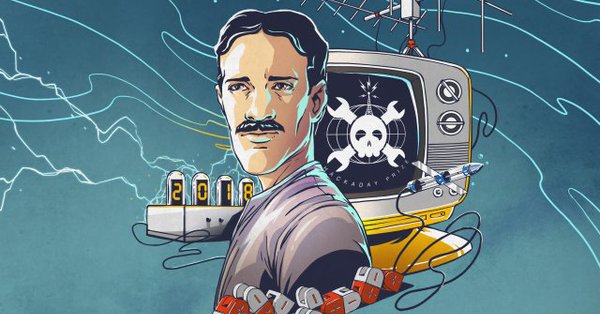See Tracy Rosenberg, Daniel Rigmaiden & Lisa Rein discuss the Solar Survival Project – LIVE, on November 10, 2018 at the San Francisco Hackathon.
TICKETS HERE
We’ll be posting “Summer Updates” all week regarding our endless hackathon projects that we kept going from last year’s event.
The first is our new quick tutorial with templates for our Aaron Swartz Day Police Surveillance Project – or #ASDPSP.
These templates enable you to compel the Police and Sheriff Departments for a given City and County to hand over all documentation on all known surveillance equipment. (Including documentation and information regarding all software used and any data it collects and stores.)
If you’re wondering what the situation is exactly with all of the surveillance equipment (and the data about the public that is being collected via this equipment) – in most major cities across the country – you’ll want to read my latest interview with Tracy Rosenberg of Oakland Privacy.org, entitled “The Aaron Swartz Day Police Surveillance Project #ASDPSP – Reports Back: Here’s #WhatWeFound In Sacramento.”
Tracy created the templates, and explains even more about the different types of equipment our templates ask about.
Here are the first two detailed interviews with Tracy on this topic:
Interview with Oakland Privacy’s Tracy Rosenberg On The Aaron Swartz Day Police Surveillance Project
How a little “working group” stopped Oakland from becoming a mini-fusion center for the Department of Homeland Security.
The Aaron Swartz Day Police Surveillance Project is all about developing a larger strategy for determining what types of surveillance equipment a city’s police and sheriff departments have already purchased and whether or not a surveillance policy is in place to monitor that equipment – regulating how that equipment is used against their citizens.
This project started during Aaron Swartz Day 2017’s Sunday hackathon. Before that event was even over, it was clear that it had been really successful and we were all very pumped and had decided to just keep going until next year.
The results of doing so are just starting to pour in, and I’m going to be doing my best to give you the full story – both here on the Aaron Swartz Day website, and over on Mondo 2000, over these next few months, leading straight into this year’s event.
We just added two new templates (Zip file of all templates in .PDF, Zip file of all templates in .DOC) to our tutorial – one for Police Departments (City) and one for Sheriff Departments (County) – that include the use of facial recognition software, since it came out recently that Amazon has been literally giving away its facial recognition software to law enforcement, in the hopes of getting a number of early implementations. Not a bad marketing strategy, and we’re not saying the software shouldn’t be used; just that there should be a surveillance policy framework in place that regulates how it can be used against citizens.
Special thanks to Muckrock, without which this project would not be possible.

